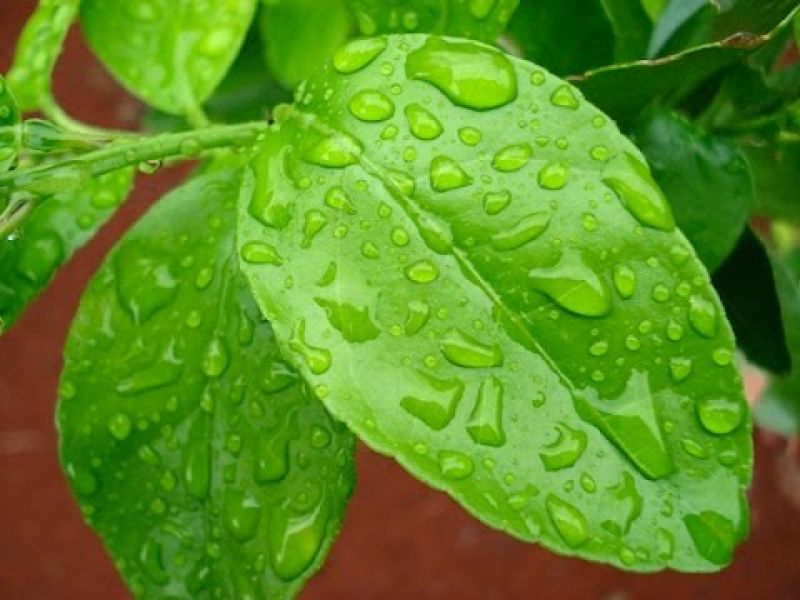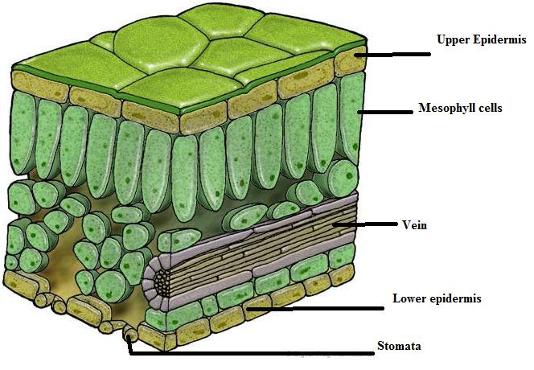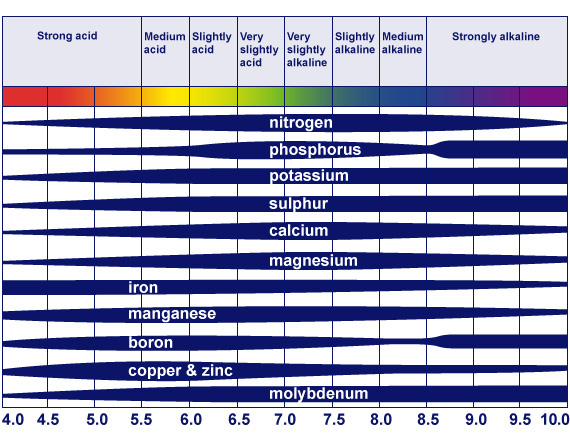
Foliar feeding is often talked about by all types of gardeners, and nutrient companies will give instructions for using certain products in a foliar feed. What is so different about foliar feeds and why should they be an important part of your gardening regime?
Foliar feeds are liquid fertiliser solutions designed to be sprayed onto the leaves, stems and other above ground parts of the plant. The plants then absorb the nutrients through the epidermis (the outer layer of cells that covers all external parts of the plant) or through the stomata (pores mostly on the underside of the leaves that regulate water content and gaseous exchanges). The absorbed nutrients are then used by the plant as if they had been taken up through the roots.

There are many advantages to feeding in this way:
With foliar feeding, the nutrients travel through the stoma or epidermis and then can be used straight away by the plant. This can be 8-10 times faster than soil feeding! If soil feeding is like the plant eating, then foliar feeding is an intravenous line going straight into the bloodstream.
Foliar feeds also can provide the ideal nutrient profile. When soil feeding, if your soil pH is too high or too low (or in Hydroponics if your solution pH is too high or low) then different elements can be locked out or unavailable. Also certain nutrients (such as Nitrate, NO3-) leach easily through the soil, upsetting the balance of the fertiliser. But with foliar feeding, all the nutrients and minerals are available to the plant in the same ratio as when they came out of the bottle.

When nutrients leach through the soil, this also reduces their efficiency, add to that the amount retained by the soil itself and you realise that so much of what you’re adding as a soil drench never makes it to the plant. Up to 90% of the nutrition supplied by foliar feeding is utilized by the plant compared to near 10% when the same amount is applied to the soil.
Feeding sugars and other carbohydrates as a foliar feed can help the plant to release more of it’s own carbohydrates through the roots. These released carbohydrates stimulate the microbes within the rhizome (area around the roots) including fungal species such as Mycorrhizae (found in Granules)
When you combine the increase in fertiliser efficiency, along with the increased speed in nutrient uptake, it’s easy to see why foliar feeding has shown to be a key factor in increasing yields. Where yields have already reached their potential, foliar feeding can help to maintain those levels by providing nutrients quickly when a deficiency is threatening to reduce yields.
With the foliar feed giving the plant extra energy and speeding up photosynthesis, this helps to increase the BRIX levels. The higher brix levels help to reduce the risk of blight infection in both tomatoes and potatoes. Also any healthy plant is in a much better position to fight off pests and diseases in the first place, as pests are drawn to plants in distress or weakened from improper nutrition.
Unfortunately yes. There are a few things that you must be aware of when foliar feeding so as to not turn this useful tool into a plant killer. Firstly because you are injecting nutrition straight into your plant (to use the intravenous analogy from earlier) it is easy to over-feed and damage your plant (phytotoxicity). Signs of over feeding vary, but the majority will show ‘nutrient burn’ (where the tips of the leaves go dry, yellow and crispy – due to excess salts dehydrating the leaves). Other problems include a darkening of the new leaves, showing nitrogen toxicity (a common foliar nutrient) and distorted or misshapen growth as the plant tries to grow faster than it can cope with.
Evolution is a pH balanced foliar feed, containing plant hormones, vitamins, trace elements, polysaccharide sugars, amino acids and bio-stimulants. It can be used once a week on top of your standard nutrients to significantly speed up the vegetative stages of growth, preparing the plant to produce more new shoots. Evolution can also help to recover weak or stressed plants, encourage mother plants to produce more shoots for cuttings with higher strike-rates and take care of any mild deficiencies . Evolution can be used once the plant has established the first set of ‘true leaves’ up until the second week of flowering.
Bij Plant Magic, werken we hard achter de schermen om u te voorzien van de beste voeding, additieven en groei media. Om u te helpen om het meeste uit uw gewas te halen. Maar succesvolle tuinbouw is meer dan alleen meststoffen, dat is waarom we deze blog gebruiken om u te voorzien van nieuwe inzichten, tips en technieken om uw tuin die magische ''touch'' te geven.
Als u vragen heeft over een product van ons, of als je meer wil weten van bepaalde stadia van de groeicyclus van begin tot eind. Neem dan contact met ons op via het contactformulier of op social media, zodat je vraag onderdeel kan worden in onze volgende Blog. Ook hebben we een meesgestelde vragenlijst in onze FAQ
Copyright ©2024 Plant Magic Plus Ltd.
PrivacyCookiesAlgemene voorwaardenSite